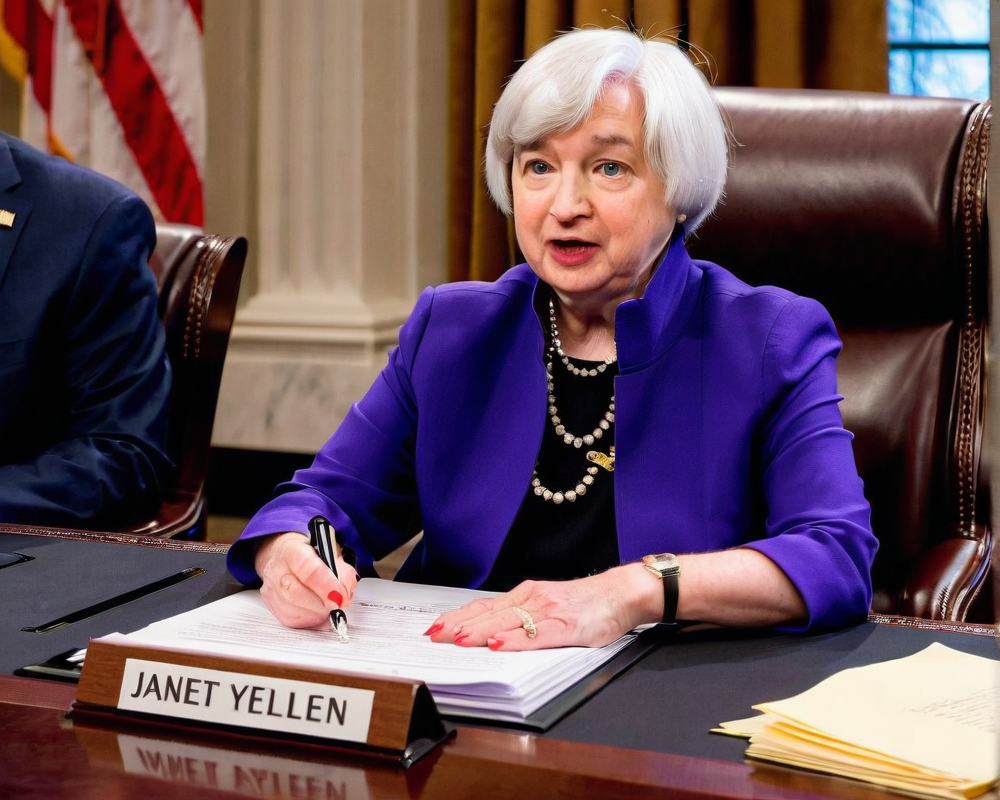The Race for Digital Currencies: A Global Perspective
In a world where everyone’s trying to keep up with digital currencies, the spotlight shines bright on central bank digital currencies (CBDCs). Yet, according to Brian Brooks, the Acting Comptroller of the Currency, we might want to glance to the private sector instead. With the growth of private stablecoins already reaching impressive market caps, Brooks argues that the U.S. should prioritize innovation over bureaucracy.
Stablecoins: The Unsung Heroes?
Brooks pointed out at a recent congressional hearing that there are private stablecoins in the U.S. racking up market caps in the tens of billions of dollars. These aren’t just sitting idle; they are actively transacting daily and serving significant commercial purposes. Think of them as the caffeine boost the financial system needs, without the jitters of a government-controlled solution.
What Exactly Are Stablecoins?
Stablecoins are cryptocurrencies designed to minimize price volatility. They’re often pegged to a stable asset like the U.S. dollar. Imagine a virtual dollar that maintains its value, unlike that wallet you carry around on days you forget to eat breakfast.
Regulatory Framework: The Balancing Act
With innovation comes responsibility, and that’s where regulators come in. Brooks emphasized the importance of creating regulatory frameworks to prevent bank runs and protect consumers without stifling creativity. Like a bouncer at a lively club, the regulators need to keep things safe while allowing the party to go on.
A Glimpse into Recent Regulatory Moves
- The OCC clarified rules on banks’ custody of cryptocurrencies.
- Approved banks to manage stablecoin reserves.
This has the potential to bolster the credibility of the crypto sector and ensure a secure environment for consumers. It’s like giving your money a nice, cozy blanket and ensuring it doesn’t run away.
Competitive Landscape: The U.S. vs. China
As Rep. Tom Emmer pointed out during the hearing, countries like China are already advancing in their CBDC experiments. Brooks expressed concern that the U.S. hasn’t fully embraced the competitive aspect of digital asset growth. Waiting too long to innovate can lead to missed opportunities, and it’s a race where every second counts.
Innovation: America’s Ace in the Hole
According to Brooks, the way forward for the U.S. is to unleash the potential of its innovative private sector. After all, America’s winning strategy has always been about harnessing creativity, risk-taking, and, let’s face it, some good old-fashioned American gumption.
The Future of Digital Currency
Brooks concluded that in order for the U.S. to catch up, it needs to adopt a mindset of embracing private sector developments. As the digital currency landscape continues to evolve, striking a balance between regulation and innovation could very well determine whether America leads or lags in the financial future. So, hold onto your digital wallets, because the race is on!




